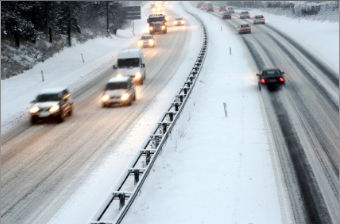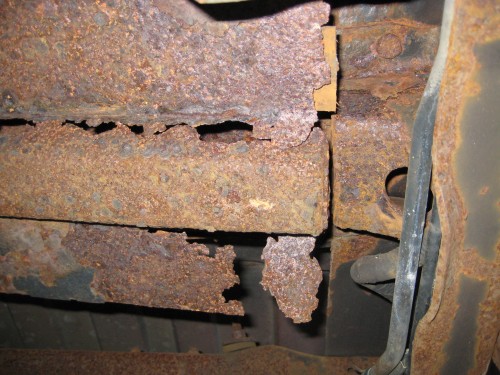With record snowfalls and cold temperatures this winter has been a tough one, so it’s nice to know that Spring is just around the corner. That thick layer of dried road salt is a good reminder of just how hard winter has been on your vehicle, making the transition to spring an important time to give your car some much-needed TLC.
Battery: If you’ve started your car during extreme cold, you’ve heard the hesitation. Winter weather can be tough on all the starting components in your car like the alternator and starter. In turn, this increases the strain on the battery. Spring is a good time to get your battery tested and, if needed, replaced. If you’ve noticed that your interior lights are a bit dimmer or that your power windows move more slowly when the engine is off, this can be a sign that the end of your battery is near.
Brakes: Winter weather and road salt can be rough on your brakes. This is an important time to get these crucial safety items checked, including lines, hoses, parking brake and brake fluid.
Alignment: With potholes and heaves in the payment, there’s a good chance that winter may have knocked your car out of alignment. Getting your wheels realigned can save wear and tear on your tires and improve your gas mileage. Also a car that is out of alignment can be more difficult to steer and stop which can jeopardize your safety.
Tires: When the temperature changes, you may notice that your tires are a bit soft. Keep them at the right pressure for optimal gas mileage. Give a visual inspection to ensure that you have plenty of tread left, as well. Spring showers will mean wet and flooded roads, so be sure your tires can grip. If you are not certain what the tire pressure should be, check the information on the inside of your door.
Belts and hoses: Extreme temperatures can shorten the life of these vital engine components, leading to cracks and peeling on the belts and hoses. A quick inspection can help ensure that you won’t be surprised by a broken belt or hose.
Filters and Fluids: As part of your regular maintenance, be sure to have your filters and fluids checked, including engine oil, transmission fluid, brake fluid and antifreeze.
Wipers: Check your wipers for wear and cracks, and replace them if needed. Be sure that the wiper fluid reservoir is refilled.
Exterior: After months of sand and salt, it’s likely your car is well overdue for a washing. Winter’s road grime can be especially harsh on the exterior of your car, making a car wash a great idea. Besides, it will look great, too!
Under Your Vehicle: During winter vehicles are subject to rust and corrosion due to tons of road salt and other airborne pollutants that can cause rapid deterioration of your vehicle. Rust is an example of corrosion. Rust is a serious problem and spreads like a rash. It can shorten the lifespan and value of any vehicle. Correct rust proofing on a regular basis can ensure that your vehicle does not suffer from corrosion related vehicle downtime and keep your van from falling apart. The best time to prevent rust damage to your vehicle is in Autumn: before the first snowflake falls and Spring: after the first heavy rain fall; a little vehicle maintenance will help keep the rust away.



 Once the rust is this bad there’s not much we can do other than replace the van.
Once the rust is this bad there’s not much we can do other than replace the van.